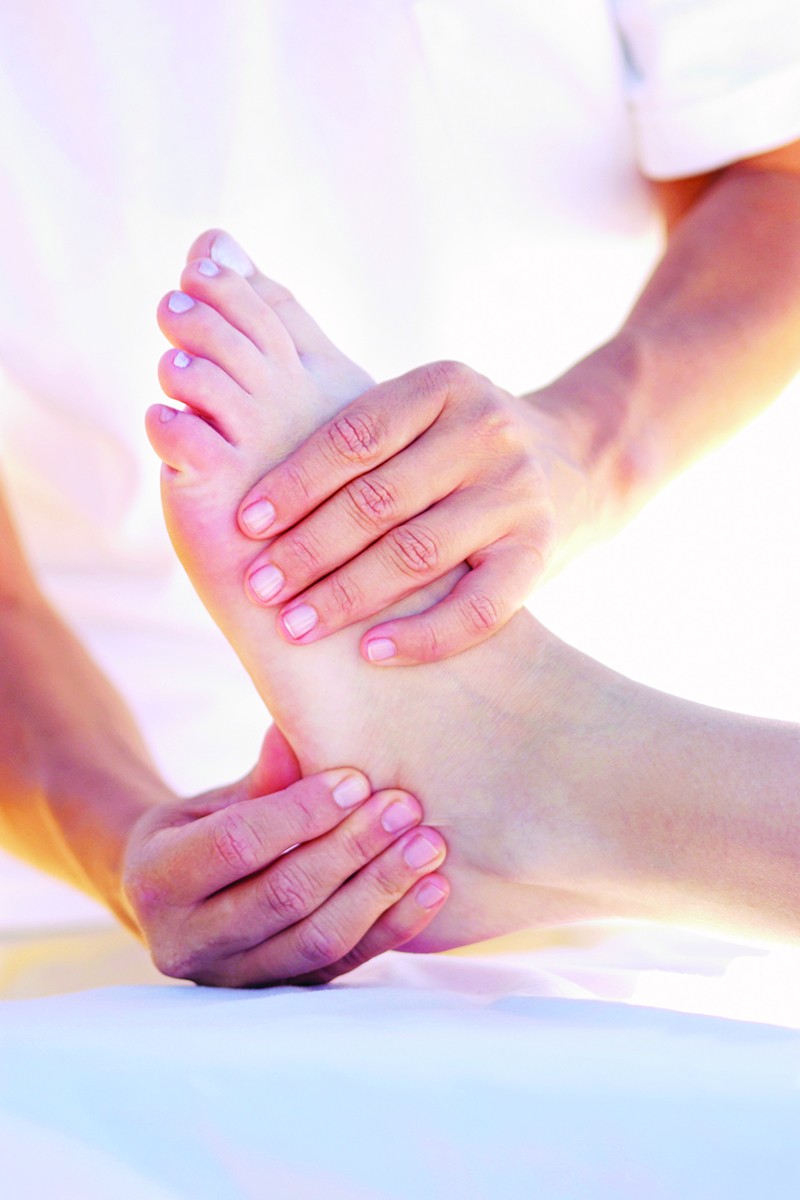Saving limbs and lives, one patient at a time

DEL NORTE — When Rio Grande Hospital opened its outpatient Wound Care and Hyperbaric Oxygen Center in Del Norte last year, it brought much-needed services to more than 10,000 residents of the San Luis Valley. Since that time, more than 200 patients -- from Pueblo to Alamosa and many cities in between -- have come in for the evaluation and treatment of chronic, non-healing wounds. Many struggle with diabetes and related complications.
When left untreated, a wound can become infected and spread to the bone, which may result in amputation of the toes, feet or lower legs. Studies show that nearly 80 percent of patients do not survive more than five years after a major amputation.
“If you’re a diabetic, you need to be extra cautious,” said Thompson. “You could walk around all day with a tack or stone in your shoe, causing a blister that isn’t seen or felt until it becomes infected and a fever develops.”
Limited mobility can make it difficult to check vulnerable areas of the feet, especially the bottoms, so a daily skin check is highly recommended.
“People with diabetes are far more likely to have an amputation because they don’t feel anything until it’s too late,” he said. “For rural patients without access to specialized treatment, the prognosis can be grave, so it’s important to see a doctor as quickly as possible.”
In Colorado, more than 400,000 people, or one in 10 adults, have been diagnosed with diabetes. It’s important to know the increased health risks associated with the disease.
According to Patrick Thompson, M.D., medical director at the Rio Grande Hospital Wound Care & Hyperbaric Center, when a patient with diabetes comes into the ER with a high fever, the lower limbs and feet are closely examined. In many cases, the patient has developed sepsis from a chronic wound they can’t feel because of diabetic neuropathy, which causes numbness or a loss of sensation in the lower legs and feet.
Many wounds can also benefit from hyperbaric oxygen therapy, or HBOT, and Rio Grande Hospital has a chamber in its wound center to treat more difficult-to-heal wounds. For HBOT, the patient is placed in a pressurized chamber with 100 percent oxygen. This oxygenates the blood and tissues and helps wounds heal more quickly. For patients who need extensive HBOT treatment but have a long drive to the clinic, Rio Grande Hospital helps patients find temporary housing Monday through Thursday evenings.
For anyone with diabetes or vascular disorders, they should take good care of their feet and examine them on a regular basis. If there are wounds, cuts or scrapes that aren’t healing, it’s important to see a physician. Any wound that festers for a month or more is considered chronic, or non-healing, and it should raise a red flag.
In addition to diabetic foot ulcers, common conditions seen in the clinic include pressure ulcers, arterial ulcers, venous ulcers, traumatic wounds, post-surgical wounds and soft tissue radionecrosis. Routine services include wound debridement, or scraping of dead skin cells to encourage healthy skin growth, the application of skin substitutes to provide temporary or permanent coverage of open skin wounds, and routine dressing changes.
For more information contact Rio Grande Hospital wound center at 719-657-3277 or visit https://riograndehospital.org/wound-care/.



